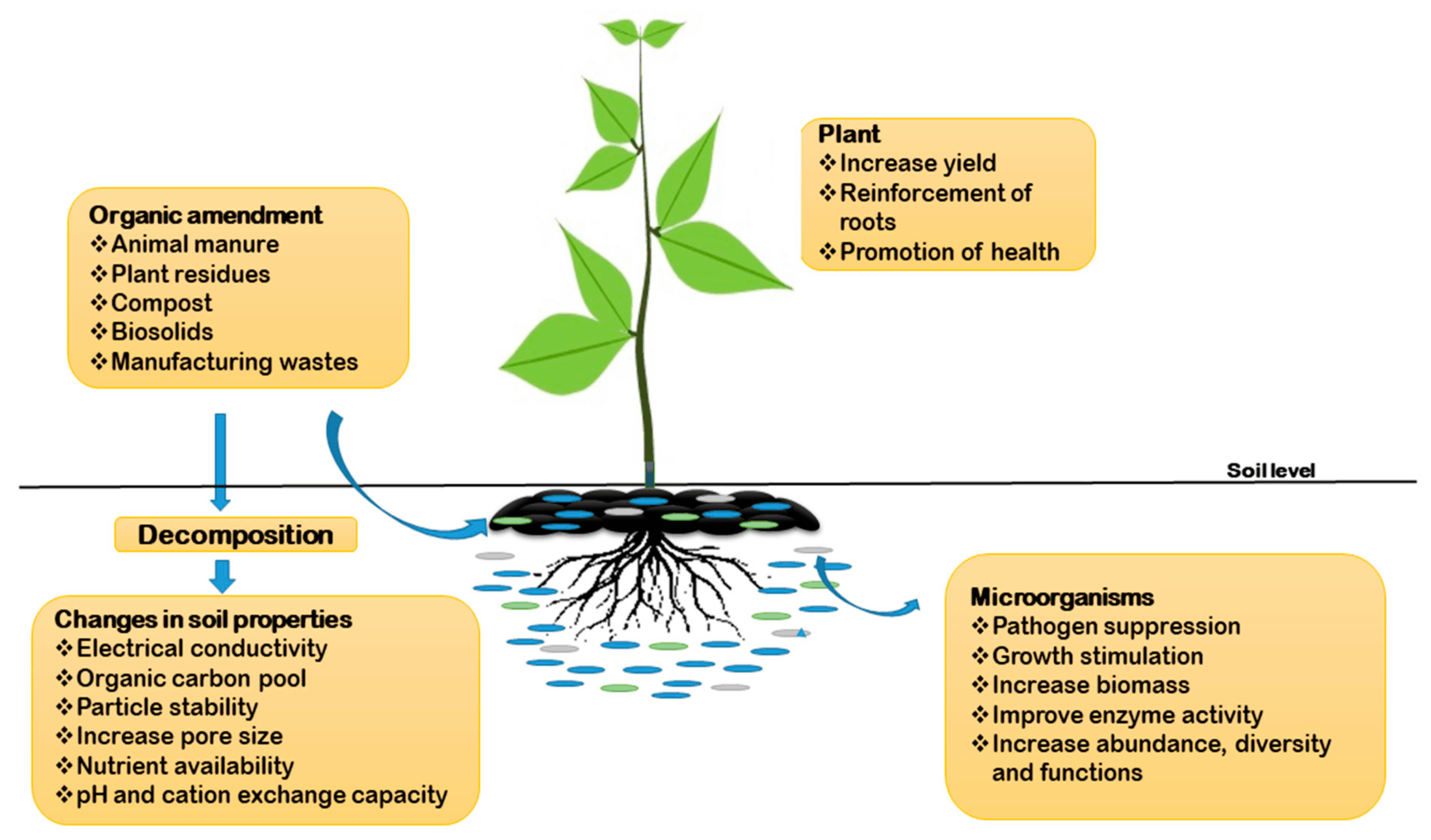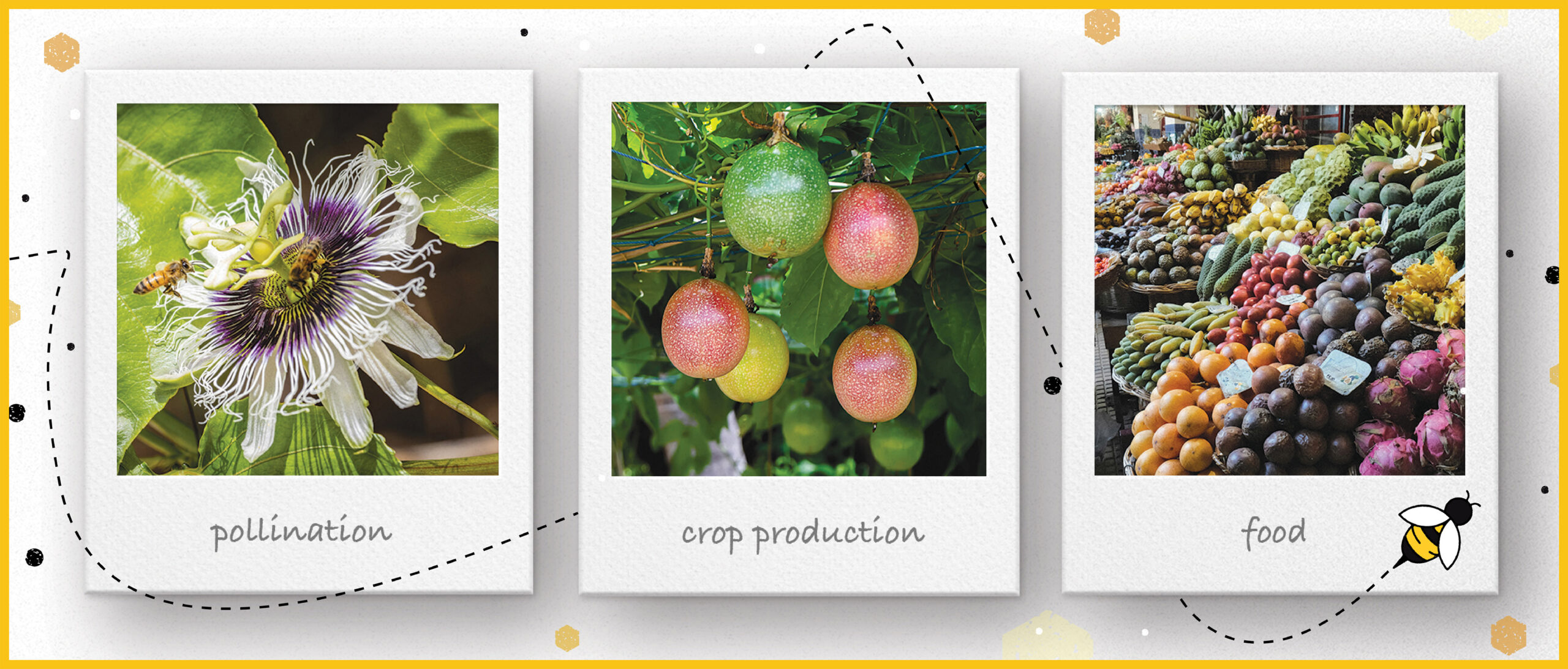Understanding Plant Respiration Rates: A Comprehensive Guide
Plants, the silent architects of our world, are often perceived as passive entities, quietly absorbing sunlight and transforming it into sustenance. However, beneath this tranquil facade lies a dynamic realm of metabolic activity, a constant dance of energy exchange that sustains their very existence. Central to this intricate process is plant respiration, a fundamental biological function that often goes unnoticed, yet is as vital to their survival as photosynthesis itself. This comprehensive guide delves deep into the world of plant respiration rates, exploring the mechanisms, influencing factors, and ecological significance of this crucial process.
What is Plant Respiration? The Cellular Dance of Life
At its core, plant respiration is the process by which plants convert the energy stored in sugars (produced during photosynthesis) into a form that their cells can readily use. Think of it as the cellular equivalent of breathing, where plants “inhale” oxygen and “exhale” carbon dioxide. This process, which occurs in every living cell of the plant, is essential for a multitude of functions, including growth, development, and maintaining cellular integrity. It’s the engine that keeps the plant’s internal machinery running smoothly.
The basic equation for respiration is the reverse of photosynthesis:
C6H12O6 (glucose) + 6O2 (oxygen) → 6CO2 (carbon dioxide) + 6H2O (water) + Energy (ATP)
This equation highlights the key components: glucose (the fuel), oxygen (the oxidant), carbon dioxide (a waste product), water (another byproduct), and, most importantly, energy in the form of ATP (adenosine triphosphate). ATP is the cell’s primary energy currency, used to power all cellular activities.
The Players in the Respiration Process
Plant respiration is a complex process, involving several key players within the plant cell:
- Mitochondria: Often referred to as the “powerhouses” of the cell, mitochondria are the primary sites of respiration. They are where the crucial steps of energy production take place.
- Glucose: The sugar molecule, produced during photosynthesis, is the primary fuel source for respiration.
- Oxygen: This gas acts as the final electron acceptor in the electron transport chain, a critical step in energy production.
- ATP (Adenosine Triphosphate): The energy currency of the cell, used to power various cellular processes.
- Carbon Dioxide: A waste product of respiration, released into the atmosphere.
Breaking Down Respiration: The Stages of Energy Production
Respiration is not a single-step process; it unfolds in a series of interconnected stages, each contributing to the overall energy yield. These stages can be broadly categorized as follows:
1. Glycolysis
This initial stage takes place in the cytoplasm of the cell. Glucose, the primary fuel, is broken down into two molecules of pyruvate. This process yields a small amount of ATP and NADH (another energy-carrying molecule).
2. The Krebs Cycle (Citric Acid Cycle)
Occurring within the mitochondrial matrix, the Krebs cycle further breaks down pyruvate. This cycle releases carbon dioxide as a byproduct and generates more ATP, NADH, and FADH2 (another energy-carrying molecule).
3. Oxidative Phosphorylation (Electron Transport Chain)
This is the final and most energy-rich stage, taking place across the inner mitochondrial membrane. NADH and FADH2, produced in the previous stages, donate electrons to a series of protein complexes. This electron transport chain generates a proton gradient, which is then used to produce a significant amount of ATP. Oxygen acts as the final electron acceptor, combining with electrons and protons to form water.
Factors Influencing Plant Respiration Rates: A Delicate Balance
Plant respiration rates are not static; they fluctuate in response to various environmental and internal factors. Understanding these influences is crucial for comprehending plant behavior and predicting their responses to changing conditions.
1. Temperature
Temperature is perhaps the most significant factor influencing respiration rates. Generally, respiration rates increase with increasing temperature, up to an optimal point. This is because higher temperatures accelerate the enzymatic reactions involved in respiration. However, excessively high temperatures can denature enzymes, leading to a decline in respiration. This is why you might see plants struggling in extreme heat.
2. Light Intensity
Light intensity indirectly affects respiration rates. During photosynthesis, light provides the energy for sugar production. Higher light intensity leads to increased photosynthesis, which in turn provides more glucose for respiration. However, the relationship is not always linear; at very high light intensities, other factors may become limiting.
3. Oxygen Concentration
Oxygen is a crucial reactant in respiration. As oxygen concentration increases, respiration rates generally increase, up to a certain point. However, in oxygen-deprived environments (such as waterlogged soils), respiration is severely limited.
4. Carbon Dioxide Concentration
While carbon dioxide is a waste product of respiration, its concentration can also influence the process. High concentrations of CO2 can sometimes inhibit respiration, particularly in certain plant species.
5. Water Availability
Water is essential for many cellular processes, including respiration. Water stress can reduce respiration rates by limiting the movement of reactants and products within the plant.
6. Plant Species and Age
Different plant species have different inherent respiration rates. Young, actively growing tissues generally have higher respiration rates than older, more mature tissues. This is because growth requires a significant amount of energy.
7. Nutrient Availability
Nutrient deficiencies, particularly those affecting enzyme function, can limit respiration rates. For example, a shortage of nitrogen can reduce the production of enzymes involved in respiration.
Measuring Plant Respiration: Techniques and Tools
Researchers use various techniques to measure plant respiration rates, providing valuable insights into plant physiology and ecology.
1. Gas Exchange Measurements
This is a common method that involves measuring the uptake of oxygen or the release of carbon dioxide by a plant or plant part. Specialized instruments, such as gas analyzers and infrared gas analyzers (IRGAs), are used to detect changes in gas concentrations. These measurements can be taken in controlled environments (e.g., growth chambers) or in the field.
2. Isotope Techniques
Isotopes, such as carbon-14 (14C), can be used to track the movement of carbon atoms during respiration. This technique provides detailed information about the pathways and rates of carbon metabolism.
3. Microrespirometry
This technique is used to measure respiration rates in small samples, such as individual cells or small tissues. It often involves the use of specialized chambers and sensitive oxygen sensors.
4. Heat Dissipation Measurements
Respiration produces heat as a byproduct. Measuring the heat released by a plant can provide an indirect estimate of respiration rates. This method is particularly useful for studying respiration in roots and other underground plant parts.
The Ecological Significance of Plant Respiration
Plant respiration plays a crucial role in the ecological balance of our planet, influencing various aspects of ecosystems.
1. Carbon Cycling
Respiration is a key component of the global carbon cycle. Plants take up carbon dioxide from the atmosphere during photosynthesis and release it back into the atmosphere during respiration. The balance between photosynthesis and respiration determines whether an ecosystem acts as a carbon sink (absorbing more carbon than it releases) or a carbon source (releasing more carbon than it absorbs).
2. Ecosystem Productivity
Respiration is directly linked to plant growth and productivity. The energy generated through respiration fuels all plant processes, including the production of biomass (leaves, stems, roots, etc.). The balance between photosynthesis and respiration determines the net primary productivity (NPP) of an ecosystem, which is the amount of carbon fixed by plants minus the amount lost through respiration.
3. Decomposition and Nutrient Cycling
Respiration by decomposers (bacteria, fungi, etc.) is essential for breaking down dead plant material, releasing nutrients back into the soil. This nutrient cycling is vital for the health and productivity of ecosystems.
4. Climate Change
Changes in plant respiration rates can have significant impacts on climate change. As temperatures rise due to climate change, respiration rates are expected to increase, potentially leading to increased carbon dioxide emissions from plants. This could create a positive feedback loop, accelerating global warming.
Plant Respiration and Agriculture: Implications for Crop Production
Understanding plant respiration is also crucial for optimizing crop production and ensuring food security.
1. Crop Yield
Respiration directly affects crop yield. Optimizing growing conditions (temperature, light, nutrient availability, etc.) to promote photosynthesis while minimizing respiration losses can lead to higher yields.
2. Post-Harvest Storage
Respiration continues in harvested crops. Controlling respiration rates during storage (e.g., by lowering temperature and oxygen levels) can extend shelf life and reduce spoilage.
3. Plant Breeding
Plant breeders are working to develop crop varieties with improved photosynthetic efficiency and reduced respiration rates, leading to increased biomass production and higher yields.
4. Sustainable Agriculture
Practices that enhance soil health, such as no-till farming and cover cropping, can improve nutrient cycling and reduce respiration losses, contributing to sustainable agricultural practices.
The Future of Plant Respiration Research
The study of plant respiration continues to evolve, with ongoing research aimed at deepening our understanding of this vital process.
1. Molecular Mechanisms
Researchers are exploring the intricate molecular mechanisms that control respiration, including the roles of specific enzymes and regulatory pathways.
2. Environmental Responses
Studies are focusing on how plants respond to changing environmental conditions, such as climate change, and how these responses affect respiration rates.
3. Modeling and Prediction
Scientists are developing sophisticated models to predict plant respiration rates under various environmental scenarios, which is crucial for understanding ecosystem dynamics and climate change impacts.
4. Applications in Biotechnology
Research is exploring the potential of manipulating respiration pathways to improve crop yields, enhance plant stress tolerance, and develop new biofuels.
Conclusion: The Breath of Life and the Rhythm of the World
Plant respiration is an intricate and essential process, underpinning the very foundation of plant life and playing a critical role in the health of our planet. From the cellular dance of energy production to the large-scale dynamics of carbon cycling and ecosystem productivity, respiration connects plants to their environment and to the broader web of life. Understanding the factors that influence respiration rates, and the ecological and agricultural implications of this process, is crucial for addressing some of the most pressing environmental challenges of our time. As we continue to unravel the mysteries of plant respiration, we gain a deeper appreciation for the remarkable complexity and resilience of the natural world, and the vital role plants play in sustaining life on Earth.



